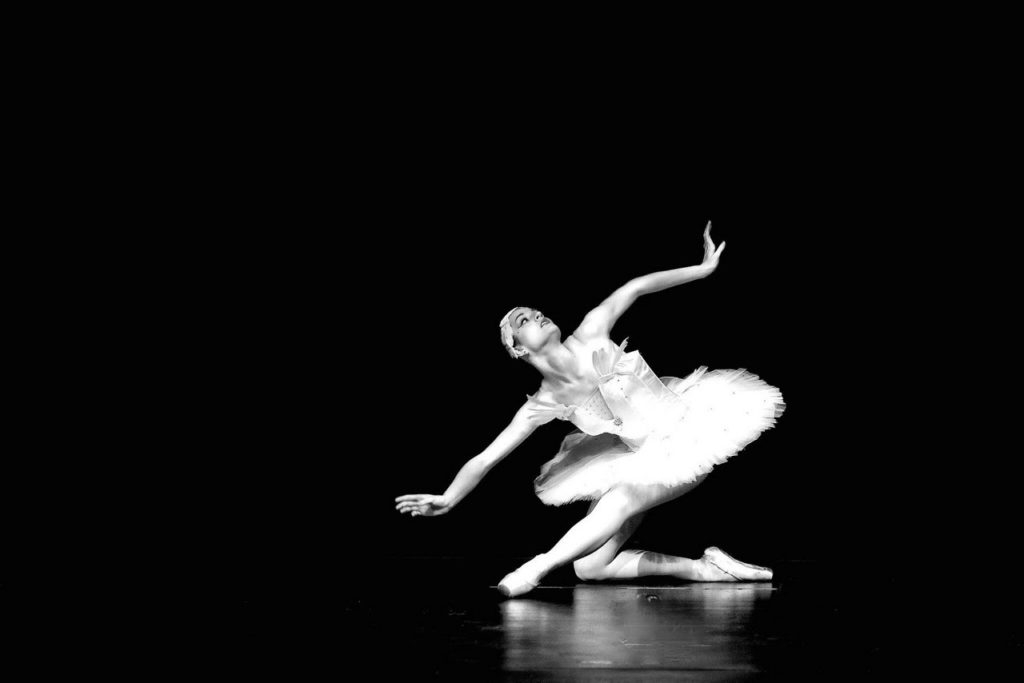If you know me (or if you follow my social media account), you know that I’m a dancer and a dance instructor. Most people wouldn’t think twice about this other hobby/sport/art, but it actually is incredibly significant to my writing.
First, a clarification: when I talk about dance, I am regarding all forms of dance. While I primarily participate in more traditional dance genres (ballet, pointe, contemporary, and ballroom), I’m regarding dance with a broad scope in this blog post. What I’m writing about is not limited to the experience of the traditional dancer.
Dance is more than an artform. Depending on how you participate in it, dance can also be a sport, a science, a career, a part of culture, or a lifestyle. With these many aspects and functions of dance, it’s also clear that dance can be experienced in many ways—through the senses, in the body, within the soul. Ultimately dance, like most artforms including writing, has various ways to be interpreted and experienced.
For me, dance is primarily a method of contemplation and communication. Whether its emotions, ideas, messages, or stories, dance gives people a space to think and a method to communicate fundamental human experiences. This is why dance is so powerful. Through a series of movements, a dancer has the opportunity to ponder, experience, and display various emotions, messages, or stories.
On the other hand, I believe that writing has the ability to transport readers and provide them with new perspectives in a nonthreatening way. Sometimes the reality of our world can be too much, and while readers still want to think about these important parts of their reality (like politics, social issues, crimes, drugs, sex, etc.), it can seem too intimidating to participate within real-world parameters. Through writing, writers can provide an alternative space for readers to explore the world around them.

So how does my dancing overlap and connect with my writing?
In my writing, I utilize white space (especially in poetry) to give the reader a location to ponder the words that dance along the page. Additionally, I aim to challenge the boundaries of traditional narrative. I do this by manipulating format and adopting poetic prose to communicate images and scenes (especially in my fiction). Though, sometimes this space on the page isn’t available, and that’s when the actual actions of characters are fundamental.
Now we are within the space of the narrative where the characters of my stories live. It’s in this space where I elaborate on the details of movement and the explanations of my characters’ participation in various martial arts and dance forms. In particular, the narrator from my in-progress triple trilogy series, Sera, is a practitioner of Lenia a’Min Maserna (len-ee-a ah-min ma-ser-nah). This practice is a combination of mixed martial arts, yoga, ballet, and modern dance. This practice is also connected to an ancient religious practice that follows similar (if not the same) traditions and practices of the Eastern Orthodox church.
The practice of Leneia a’Min Maserna is physical but is occurring within a story. Therefore, my prose must fulfill more than simply conveying the sensory attributes of Sera’s experience. Since it is also a religion and a combination of physical practices, I must also communicate the impacts on Sera’s mind and soul. Most importantly, I have to allow the reader to move alongside Sera—both within the narrative and alongside the character herself.
In many ways, writing takes dance to a whole new level, and vice versa. Through my intentional collaboration of two art forms, I intend to give my readers and dancers a method of understanding themselves and their world in a much more expansive way.

The connection of my dancing and writing is so significant to my entire purpose as both a dancer and a writer. I must give the reader a space to ponder essential questions just as I give my dancers, and myself, space to express and understand our lives. I must also give my readers a full depiction of my characters and the worlds I’ve created so my readers may fully participate in the story just as I give my dancers and myself movements to communicate emotions, ideas, and stories.
While I am diligently working to perfect the shaping of this collaboration, I am realizing that every other art form also has the capacity to merge with other arts, hobbies, and sports. How are you merging parts of your life? And how are you creating new artforms?
